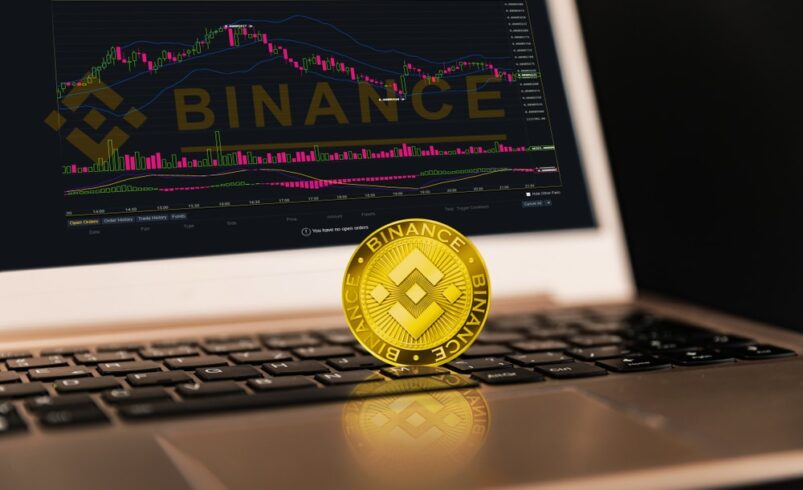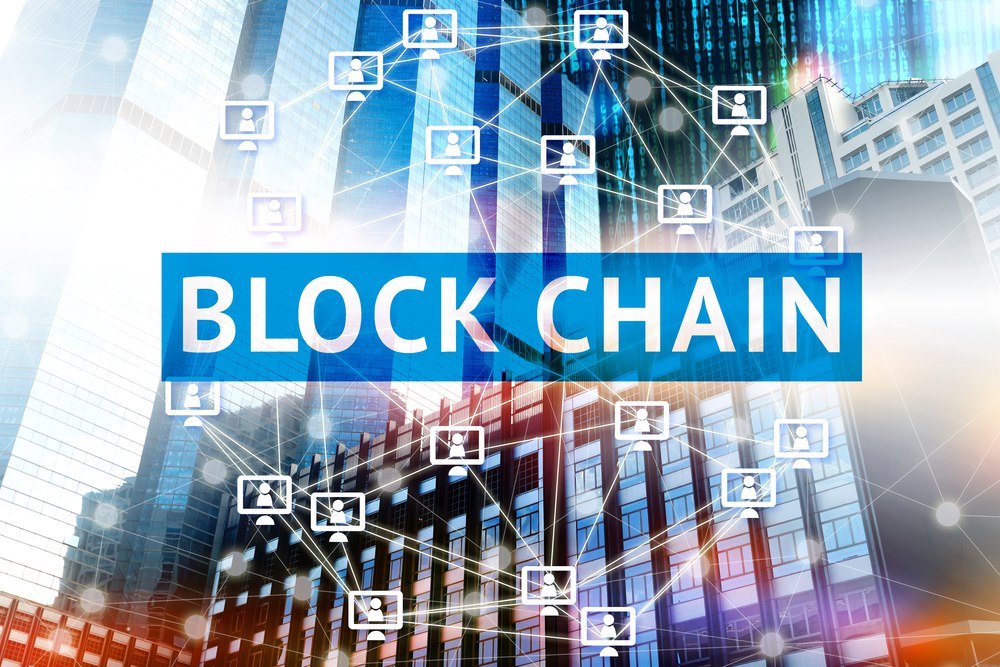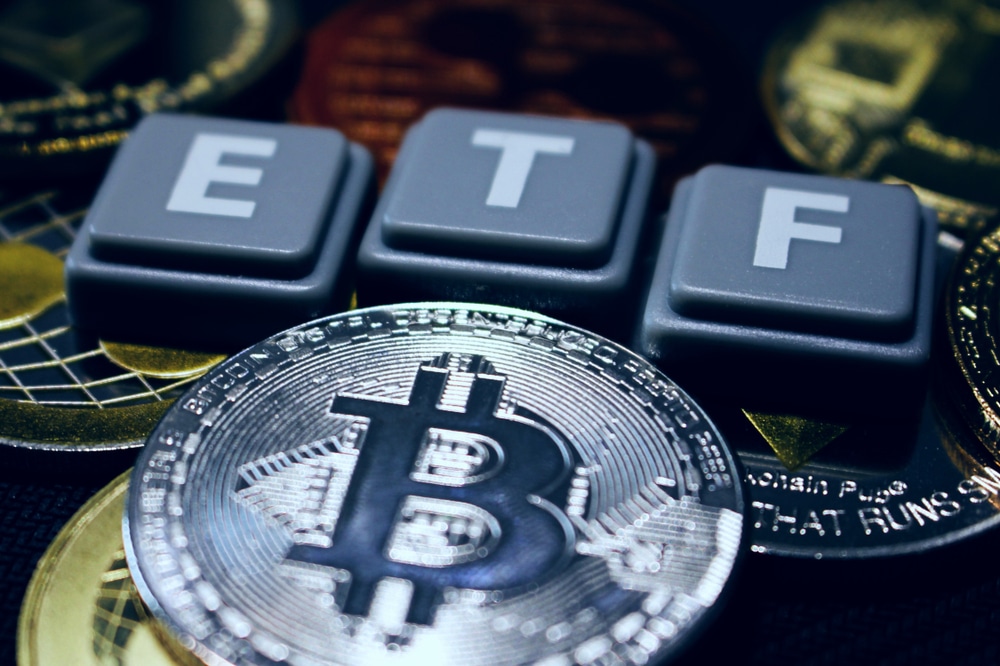A Comprehensive Guide to Blockchain Security

The rising trend in cyber threats has heightened the need for robust blockchain security. This article delves into the essentials of blockchain security, aiming to equip you with the knowledge to navigate it securely.
The popularity of blockchain technology has surged due to its diverse applications, which many utilize to optimize their financial gains. However, there is a general oversight regarding its potential vulnerabilities. Simultaneously, malicious entities keenly observe these vulnerabilities, seeking opportunities to exploit the system.
With the increasing frequency of cyber threats over time, there’s growing apprehension about the security of new developments in the blockchain realm. While the unique applications of blockchain captivate many, it doesn’t overshadow the questions surrounding the dependability and safety of the blockchain framework.
This article serves as a comprehensive guide to address these concerns and offer insights into blockchain security.
Understanding Blockchain and Its Varieties
At its core, blockchain is a distributed ledger technology (DLT) designed to foster trust and assurance in its environment. Specifically, it’s a decentralized system replicated across a vast network of computers. This innovative system is structured in a way that inherently promotes security.
The primary purpose of the blockchain structure is to grant specific nodes or network members the ability to record, disseminate, and view encrypted transaction data. Generally, blockchains are categorized into public (or permissionless) and private (or permissioned) blockchains.
Public Blockchains
Public blockchains prioritize transparency and inclusivity. As the name suggests, they are open to anyone with an internet connection. Despite being public, users can maintain anonymity. Each user is assigned a public key, facilitating their activities on the blockchain. This key, often linked to user identities, upholds the blockchain’s transparency ethos.
Public blockchains champion decentralization through crypto-economics, ensuring collaboration across its distributed ledgers. The system relies on a vast community of nodes. Users are responsible for verifying information added to a block, ensuring transparency, accuracy, and consistency.
Private Blockchains
In contrast, private blockchains are restrictive, necessitating permissions for participation. Given their controlled access, they offer a more streamlined process for verifying and recording data.
Authorized users in a private blockchain can primarily authenticate and access specific recorded data. Businesses favor this type of blockchain due to its structured design.
While private blockchains are perceived as more secure due to their limited access, they aren’t immune to threats. Internal malicious actors can still pose challenges, indicating that no system is entirely impervious to cyber threats.
An Overview of Blockchain Security
Blockchain security encompasses a holistic approach to risk management for blockchain technology. This includes cybersecurity measures, testing methodologies, and secure coding practices, all aimed at safeguarding against online fraud and breaches.
While no digital platform is entirely devoid of security challenges, it’s crucial to recognize that blockchain, despite its robustness, has its vulnerabilities. Malicious entities with significant computing resources can compromise blockchain systems. However, users can fortify their defenses against such threats thanks to advanced security measures.
Potential Blockchain Security Threats
Like any other, blockchain technology is prone to cyber threats, including phishing, code vulnerabilities, routing attacks, and critical thefts.
For instance, a longstanding threat, phishing attacks involve malicious actors attempting to deceive users into divulging sensitive information. This tactic isn’t exclusive to blockchain; traditional financial systems have also been targets.
Code vulnerabilities arise when a malevolent user identifies and exploits a flaw in the blockchain software. Routing attacks, meanwhile, exploit weak network points, leading to significant breaches and potential financial losses.
Lastly, the theft of private keys, unique identifiers for blockchain users, can have dire consequences. If these keys fall into the wrong hands, there’s potential for data manipulation and financial losses.
Guidelines for Enhancing Blockchain Security
To bolster the security of blockchain solutions, consider the following recommendations:
- Clearly define and implement endorsement policies based on business agreements.
- Activate identity and access management (IAM) controls for data access.
- Implement tokens for user authentication, verification, and authorization.
- Safeguard identity keys against theft.
- Utilize privileged access management (PAM) to protect ledger entries.
- Protect confidential data using privacy-focused infrastructures.
- Emphasize multi-factor authentication.
- Uphold robust cryptographic key management.
- Regularly conduct vulnerability assessments and penetration tests.
Final Thoughts
Those looking to establish a secure blockchain system should heed the above guidelines, ensuring the technology’s deployment within a fortified infrastructure.
Suboptimal technological choices contribute significantly to blockchain vulnerabilities, leading to potential data breaches and financial losses. By diligently implementing the recommended practices, the blockchain environment can be more secure for all users.
DISCLAIMER: It's essential to understand that the articles on this site are not meant to serve as, nor should it be construed as, advice in legal, tax, investment, financial, or any other professional context. You should only invest an amount that you are prepared to lose, and it's advisable to consult with an independent financial expert if you're uncertain. To obtain more information, kindly examine the terms of service and the assistance and support resources made available by the issuing or advertising entity. Our website is committed to delivering accurate and unbiased news, yet it's important to note that market conditions may change rapidly. Also, be aware that some (but not all) articles on our site are compensated or sponsored.








